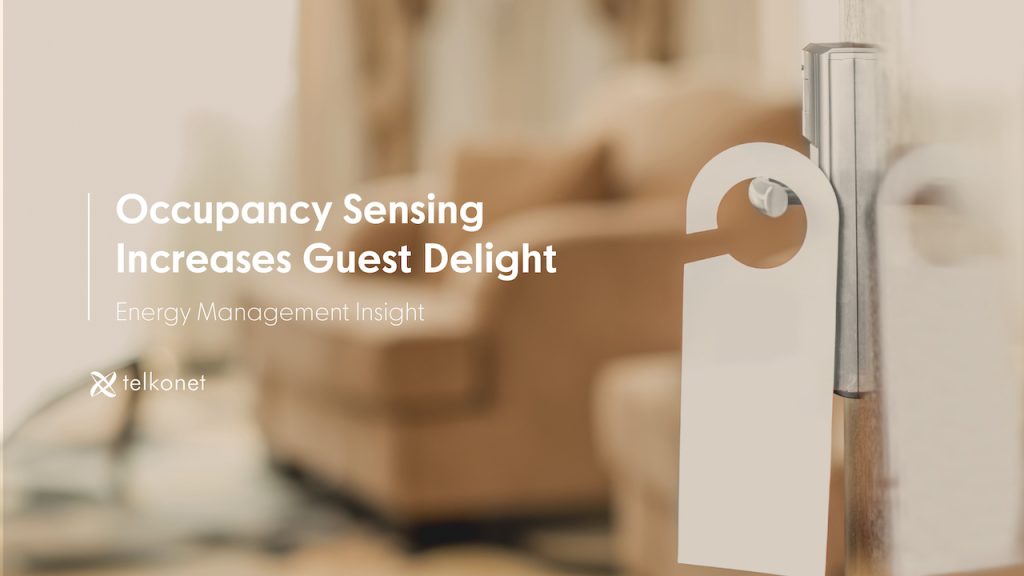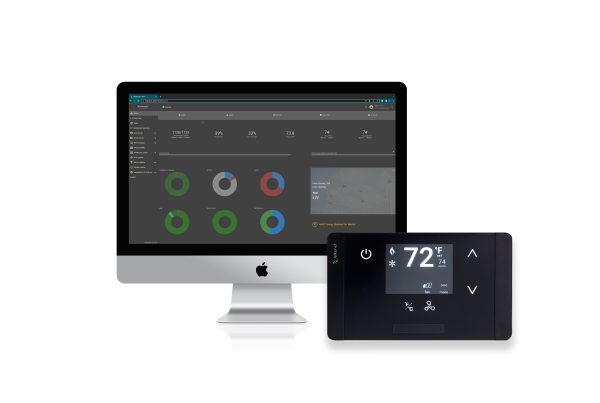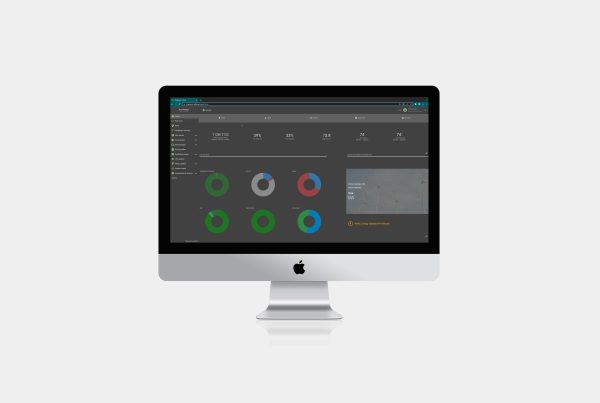 We happen to believe that the number one most important occupancy-sensing benefit is increased guest satisfaction. And that’s what I want to talk about today.
We happen to believe that the number one most important occupancy-sensing benefit is increased guest satisfaction. And that’s what I want to talk about today.
Occupancy-based controls can actually add to guest comfort if implemented correctly. Picture yourself as a guest entering the room and it is already at the perfect temperature and humidity, comfortably lit, without the need to leave lights and HVAC on at all times. When you first enter your room, you may also be greeted with a welcome message displayed on the screen or surprised with your favorite music playing. A front desk check-in event could even trigger the HVAC to come on early, in this scenario, to ensure the room temperature is comfortable by the time the guest eventually enters the room. Guest comfort is an important aspect, as it helps the guests ‘buy in’ to the technology.
Occupancy sensing also allows the hotel to have better service without compromising the guest’s privacy. For example, housekeeping and maintenance personnel can use mobile apps to see if any given room is occupied to better plan their routes and avoid the awkward moment of entering a room when a guest is still present. Additionally, maintenance will now have better visibility into the HVAC performance to better resolve issues before they turn into guest complaints.
There’s so much to say about occupancy sensing. The good, the bad, and the ugly. But mostly the good! Stick around; I’ll be writing more about one of my favorite EMS topics: occupancy sensing!


